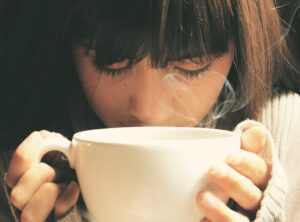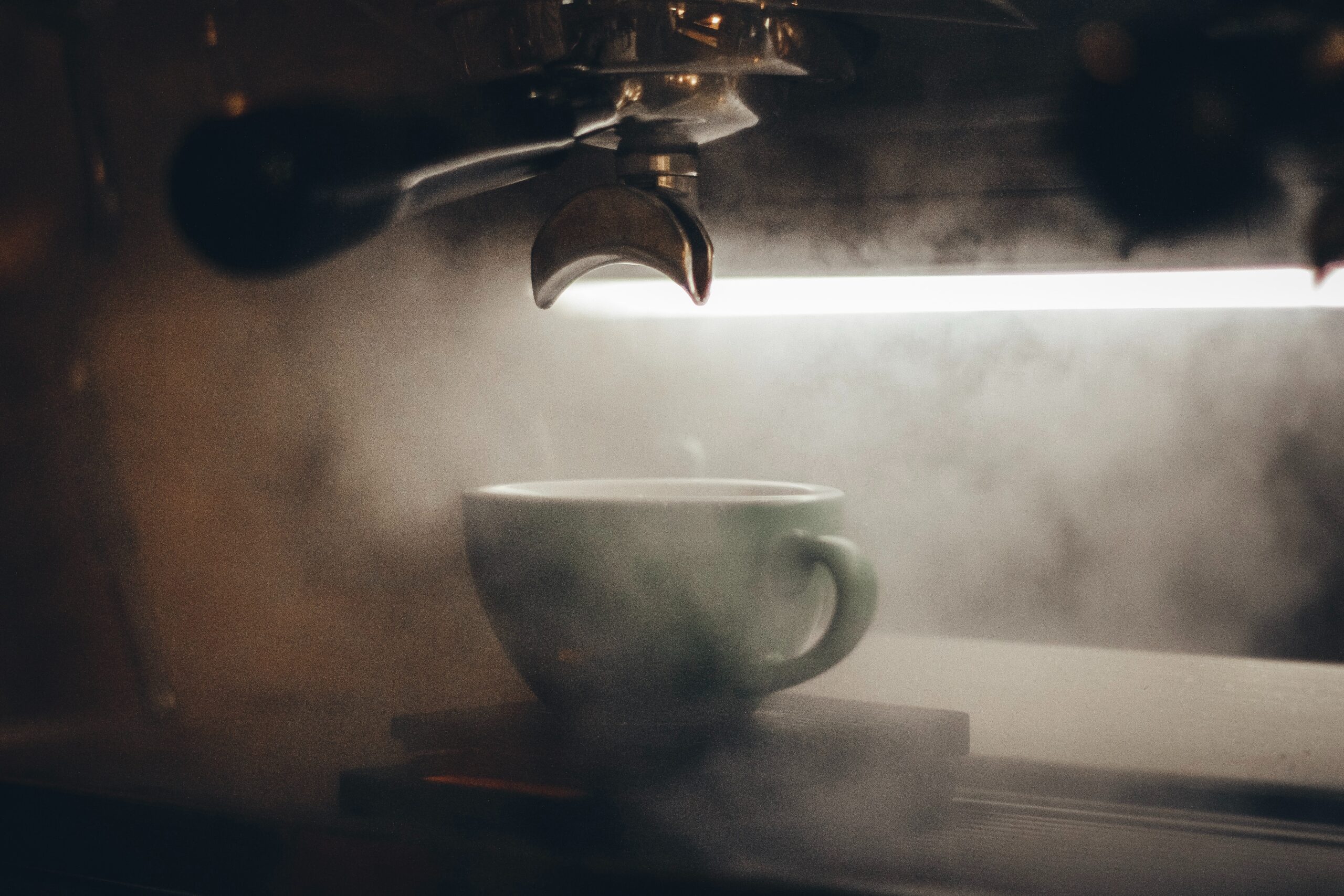Discover the way how hot drinks play a role in cooling: brewing coolness. Delve into the science behind beverage temperatures and explore how certain hot drinks can actually aid in creating a refreshing experience.

When the summer sun blazes and temperatures soar, most individuals instinctively reach for cold, refreshing beverages to combat the heat. However, intriguingly, in countries like Bangladesh, India, Japan, and Saudi Arabia, a contrasting trend emerges: hot tea remains a favored choice throughout the year. This age-old practice prompts a perplexing question: Can consuming hot drinks actually offer relief from scorching weather?
Traditional Chinese medicine even claims that specific teas possess cooling properties, even when enjoyed warm. The concept is intriguing, but is there scientific merit behind it? To uncover the truth, experts share their insights, shedding light on the surprising notion that hot drinks might indeed play a role in cooling down the body.
Also Read: The Link Between Lifestyle and Cardiovascular Disease (CVD)
The Hot Drink Paradox: Exploring the Phenome
In regions where hot tea is embraced year-round, many find it oddly refreshing even on the hottest days. This phenomenon is rooted in both cultural tradition and the intriguing claims of traditional Chinese medicine. Can hot drinks genuinely provide a cooling effect on the body? As experts unravel the science, it becomes clear that the answer is not as counterintuitive as it may seem.
Thermoregulation and Hot Drinks: An Unexpected Link
Dr. Peter McNaughton, a respected professor of pharmacology at King’s College London specializing in thermoregulation, sheds light on the surprising connection between hot drinks and cooling. Despite initial skepticism, McNaughton asserts that “Drinking a hot beverage genuinely leads to a drop in your body temperature,” provided that the humidity levels are within a certain range.

At first glance, the idea of sipping on a warm beverage while trying to escape the heat might appear counterproductive. However, the human body is a remarkable self-regulating system that consistently adapts to maintain an optimal internal temperature. When a warm drink enters the body, it raises the body’s temperature momentarily. Yet, this initiates a series of biological responses aimed at maintaining equilibrium.
Related: Can Hot Drinks Help You Cool Down?
The Science Behind the Cooling Effect: Activating the TRPV1 Receptor
The key to understanding the cooling effect of hot drinks lies in the activation of a specific nerve receptor called TRPV1. McNaughton’s research demonstrates that hot drinks, along with spicy foods, stimulate this receptor. The TRPV1 receptor serves as a messenger, signaling the body’s need to cool down. In response to this signal, the body initiates perspiration—a natural cooling mechanism.
Sweating, while often uncomfortable due to the moisture on the skin, plays a critical role in regulating body temperature. When a breeze or fan is introduced, the air’s movement facilitates evaporation of sweat, effectively carrying away heat and providing a sense of relief. McNaughton emphasizes that sweating is a fundamental survival mechanism, particularly in dry heat conditions. However, in environments with high humidity, this cooling mechanism is less efficient due to the saturated air, which inhibits sweat evaporation and reduces the body’s cooling potential.
Also Read: FDA Approves Breakthrough Pill for Postpartum Depression
The Evaporative Effect: A Closer Look
In 2012, a study published in Acta Physiologica explored the interplay between sweat evaporation and the consumption of hot drinks. The study found that in conditions where sweat can fully evaporate—such as when cyclists generate their breeze in a low-humidity climate—hot drinks indeed facilitate cooling. This study provided further evidence that hot drinks can contribute to the body’s cooling mechanisms, albeit temporarily.
Conversely, cold beverages initially lower body temperature and trigger a response that reduces sweating. This physiological reaction aids in returning the body to its baseline temperature. However, certain circumstances, such as limited wind, high humidity, or obstacles to effective sweating (like heavy clothing worn by firefighters), might make consuming crushed ice a more effective approach to cooling down.
Hydration and the Role of Hot Drinks
Beyond their direct impact on cooling mechanisms, hot drinks also contribute to overall hydration. The body’s ability to maintain a stable temperature hinges on proper hydration. While both hot and cold beverages contribute to hydration, an important factor emerges—ensuring consistent fluid intake.
In particular, older individuals who favor hot tea, often rich in caffeine, benefit from good hydration. As Dr. Cini Bhanu, a clinical research fellow at University College London, explains, “If you are drinking no cups of water but 10 cups of tea, that’s still great for your hydration status.” This insight is particularly relevant for older individuals, for whom the ability to sense thirst diminishes with age.
Debunking Myths and Practical Implications
While misconceptions surrounding the relationship between drink temperature and hydration persist, the truth is that individual preferences play a significant role in ensuring proper hydration. Matt Brearley, a consultant in workplace heat, discovered that outdoor workers who avoid cold water due to perceived shock often end up less hydrated. He encourages individuals to trust their inclinations for better hydration.
However, experts stress that while hydration is pivotal, it’s not a standalone solution for combating extreme heat. Additional measures, such as longer rest breaks and access to air conditioning, are essential for outdoor workers. It’s important to note that in scenarios of intense heat stress, where the body struggles to dissipate excess heat, avoiding hot drinks is recommended, although such instances are relatively rare.
Conclusion: The Complex Relationship Between Temperature and Hydration
The link between hot drinks and cooling holds an intricate blend of scientific understanding, cultural practices, and physiological responses. While seemingly paradoxical, the human body’s adaptability to changing conditions and its array of cooling mechanisms come into play. From activating the TRPV1 receptor to facilitating sweat evaporation, the intricate dance of physiological responses underlines the potential cooling effect of hot drinks.
However, it’s crucial to remember that individual preferences, climate, and bodily responses are nuanced variables that shape the relationship between temperature, hydration, and comfort. The advice to “just drink” remains a guiding principle, emphasizing the importance of maintaining fluid intake for overall well-being.
As science continues to explore the interplay between our choices, our bodies, and the environment, one thing remains clear: the realm of human physiology is a remarkable arena of adaptation, capable of yielding surprising results that challenge conventional wisdom.

